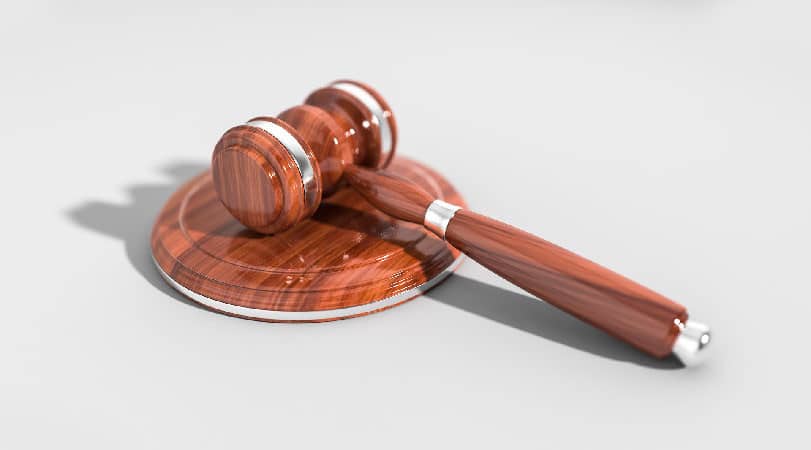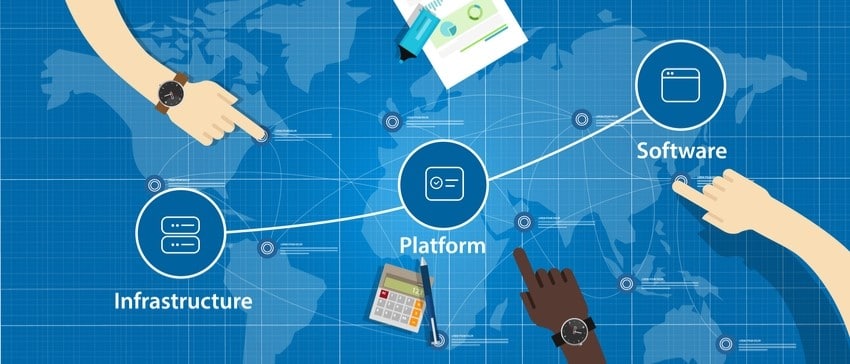When you are in the e-procurement process, you’re going to be looking for the best deal for your business. What does that mean to you? Price is probably a factor but so are the quality of goods received, delivery times and reliability of the supplier. These are all really important aspects of your business and the right supply partner is necessary for a long and successful business.
Technology has allowed our businesses now to get the best deals through e-procurement software. Part of this is the e-auctions aspect of the proposal phase.
What Is An E-Auction?
An e-auction is the process of competing suppliers bidding for a contract over an e-procurement system. In the past, the process of e-auctions often meant that prices from suppliers went down. For some, this might have seemed like a great result, but research has found that when the lowest bid won out, there were some problems. This often meant that those who gave the contract to the lowest bidder actually had higher costs in the end, with limited growth potential of businesses and their successful deployment of current services.
In addition, this style of e-auction alienated suppliers who felt their value was not being met. Therefore, in recent years, e-auctions have moved away from just aiming for the lowest price to a more rounded bid that focuses on all aspects of the supply of goods. This, however, can make it more challenging for your business to know which vendor to award the contract to.
This is why we’re giving our four tips on how to create improved e-auctions experiences.
- Differentiate Between Price and Value
There’s a contrast between the price of a service and the quality of the service. If you go solely by price, then you might have poorer quality of goods and services. This mistake can then be passed onto your business’ customers who receive goods that are of a poorer quality.
The result of this might be bad reviews and a poor reputation in the industry. How much would fixing a bad reputation cost your business? Would a higher quality of goods from a more expensive supplier not be a better business decision in the long-term?
- Clearly Define Requirements and Goals
One of the keys to success in any bidding process is to ensure that you know what you want to achieve. You might want better prices for your goods and services, but you might also want to increase the quality of the goods received or improve delivery times.
It’s important that all the requirements the bidders need to meet are documented for them read. It allows them to put in relevant pitches and stops you wasting time reading unsuitable proposals. Keeping these goals in mind is vital in assessing the bidders’ proposals. Some might look good on price, but if they don’t offer what you really want, then it doesn’t matter. You’ll be disappointed with the end result.
- Invite All Potential Suppliers to An Open RFI
Do not stop potential suppliers from responding to an RFI. Not every new supply of goods or services has to come from your current suppliers. New suppliers might offer different processes that can offer you a better deal.
Once you’ve got the information back from all potential suppliers, you should carefully go through them and remove suppliers that are unsuitable. This makes the next stage of the e-auction easier for your business.
- Follow Through
It’s always best practice to ensure you’re following through on e-auctions by finalizing negotiations and awarding contracts quickly. This also prevents the terms given in the e-auction being withdrawn and leaving you having to start the process again.
What Are Your Tips for A Successful e-Auction?
E-Auctions are not as stressful as they might sound. They’re an important part of your procurement process and they will help you save money and time in your business. However, if they’re going to be successful, you need to ensure the best results can be gained. If you want to know more about e-procurement and how it can help you grow your business, contact a member of our team today.
You may also be interested in: RFP, RFI and RFQ; An Essential Toolkit For Efficient Procurement











